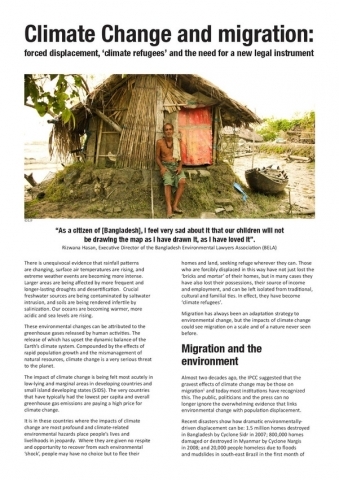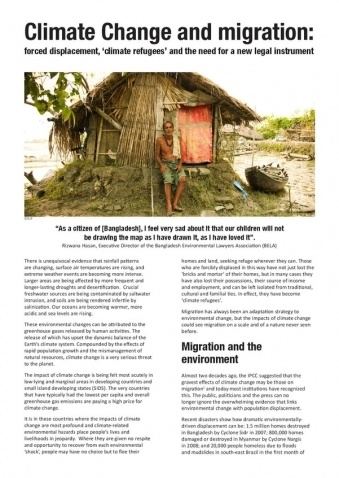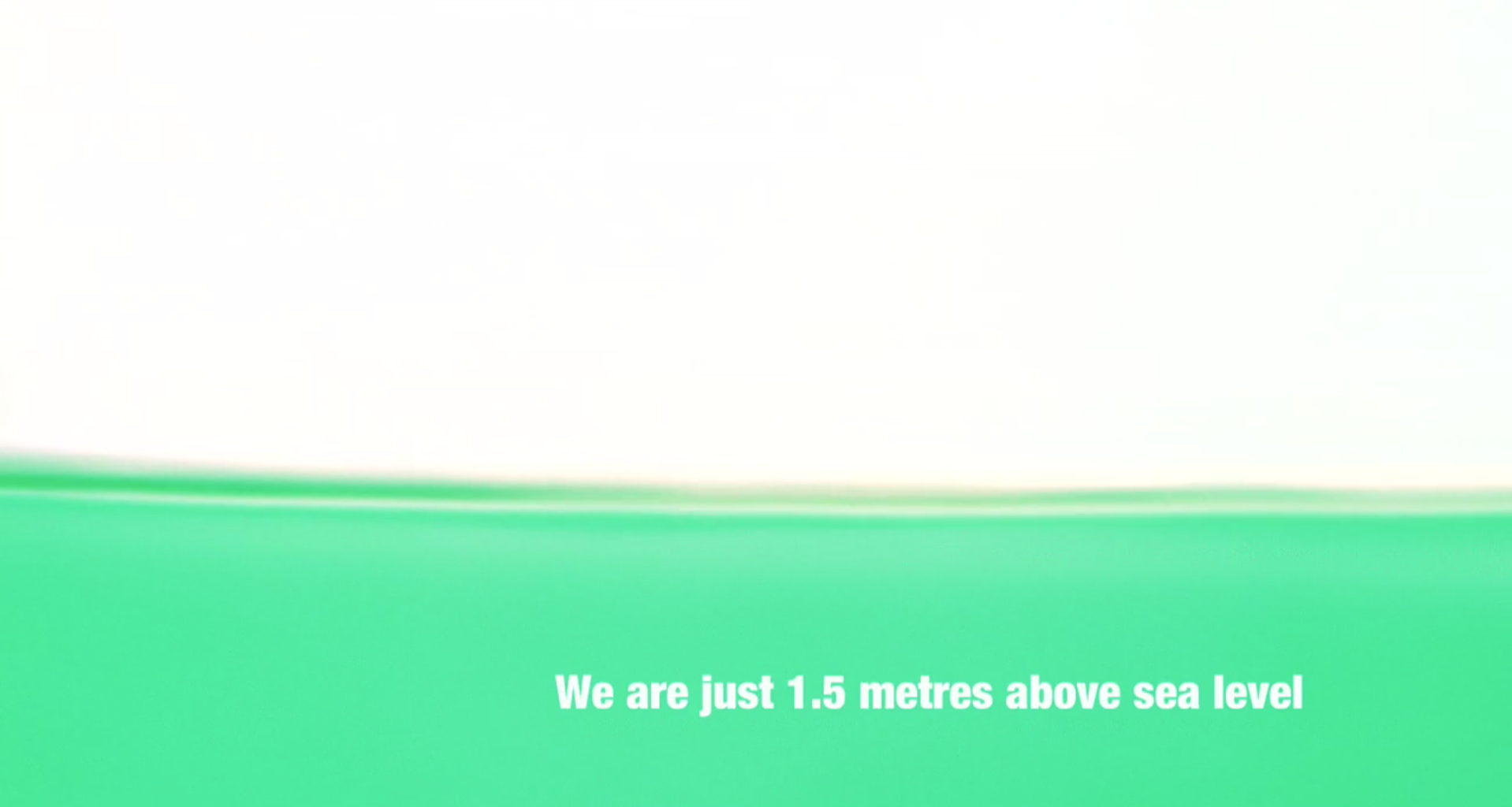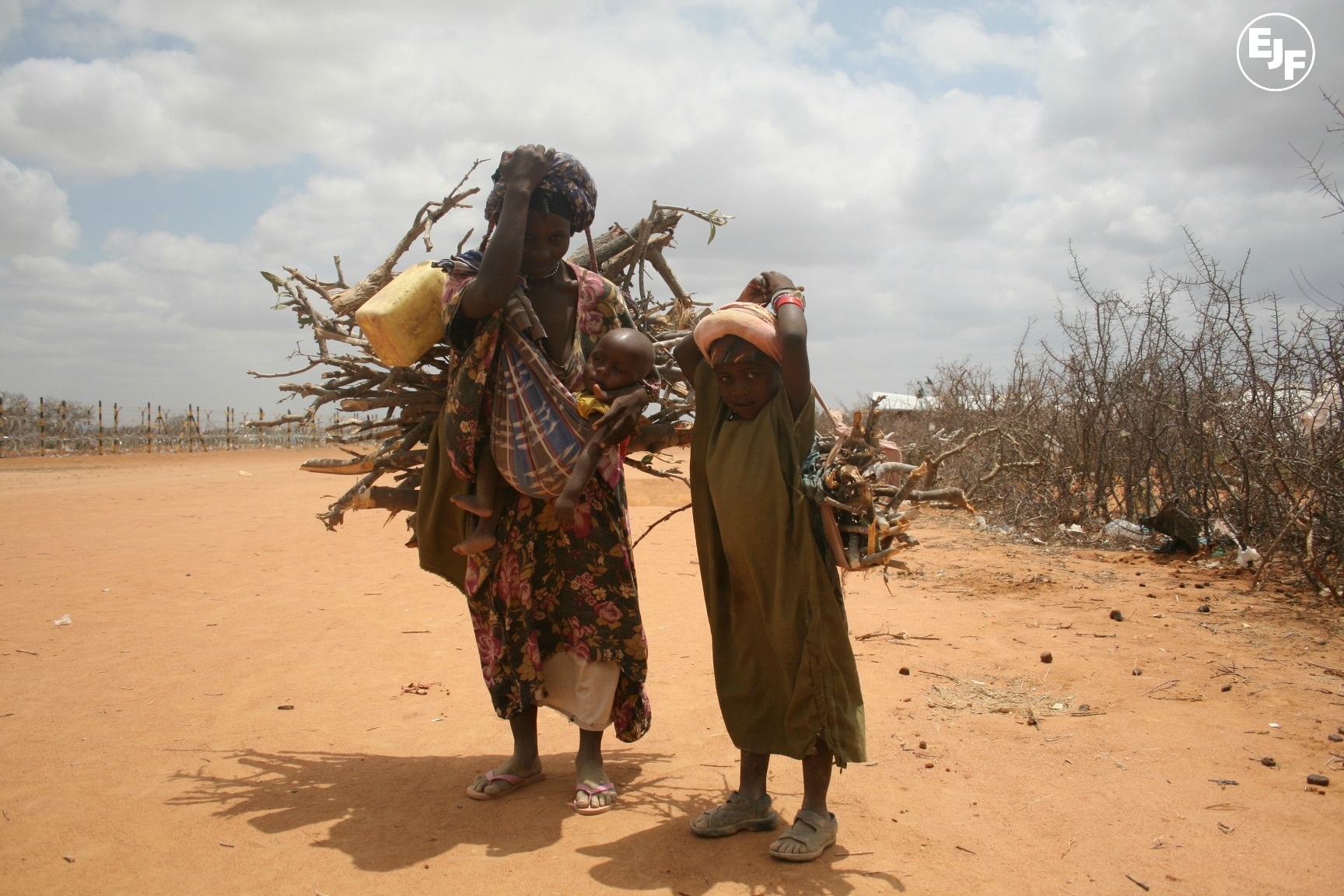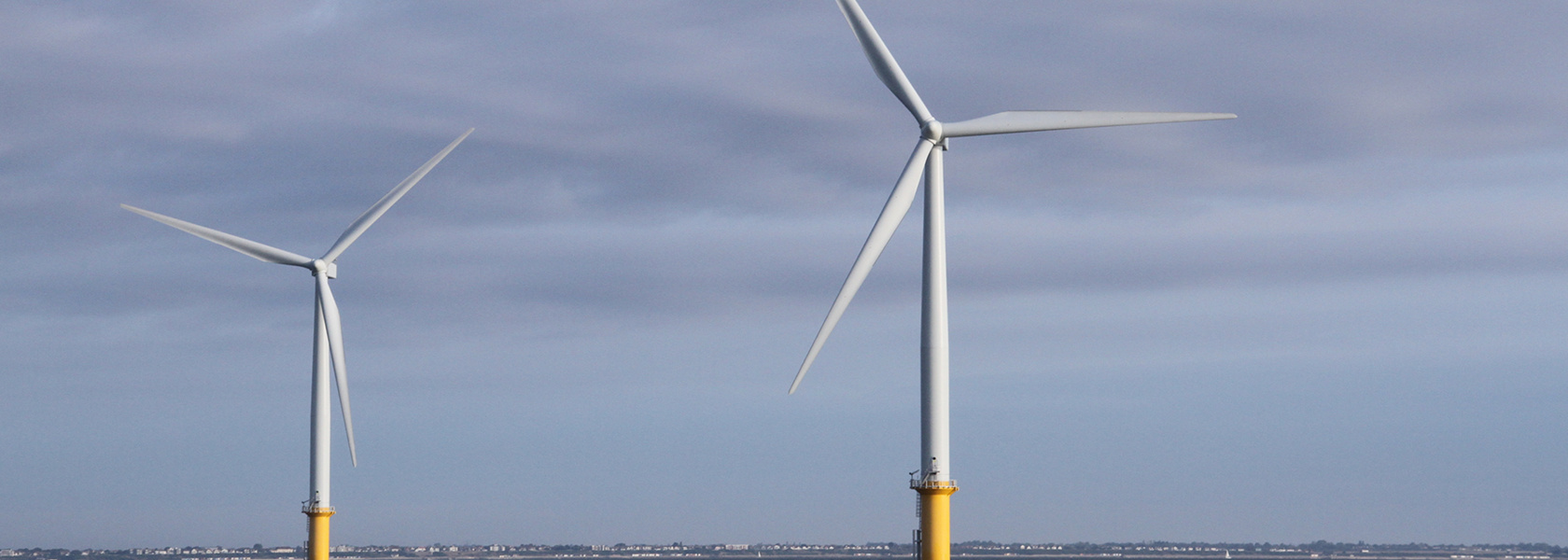Extreme weather events – from floods and storms, to heatwaves and drought – are already displacing an estimated 41 people each minute, and as temperatures continue to increase, climate extremes will worsen, sea levels will rise, and the world’s most vulnerable will bear the brunt.
Giving vulnerable communities a voice
The climate crisis is a human rights issue, and EJF is working tirelessly to give these vulnerable communities a voice and secure international protection for climate refugees.
- EJF calls on all countries to rapidly and fully implement the global climate agreement agreed in Paris in December 2015 and support efforts to raise their emission reduction pledges over time in line with its goal to phase out man-made emissions and keep global temperature rise below 1.5°C on pre-industrial levels.
- EJF calls on governments to recognise climate refugees and support a new legal agreement to guarantee their rights and their fair claim to our shared world. These populations currently have no support under existing legislation, such as the 1951 Geneva Convention to protect those fleeing war and persecution.
- EJF calls for a UN Special Rapporteur on Human Rights and Climate Change to examine the issues surrounding climate change and human mobility, help protect the most disadvantaged and vulnerable populations within and across countries, and guide international action on climate-induced displacement.
“Climate change [is] now found to be the key factor accelerating all other drivers of forced displacement. These persons are not truly migrants, in the sense that they did not move voluntarily. As forcibly displaced not covered by the refugee protection regime, they find themselves in a legal void.”
UN Secretary-General, António Guterres
What is a climate refugee?
EJF defines a climate refugee as “persons or groups of persons who, for reasons of sudden or progressive climate-related change in the environment that adversely affects their lives or living conditions, are obliged to leave their habitual homes either temporarily or permanently, and who move either within their country or abroad”
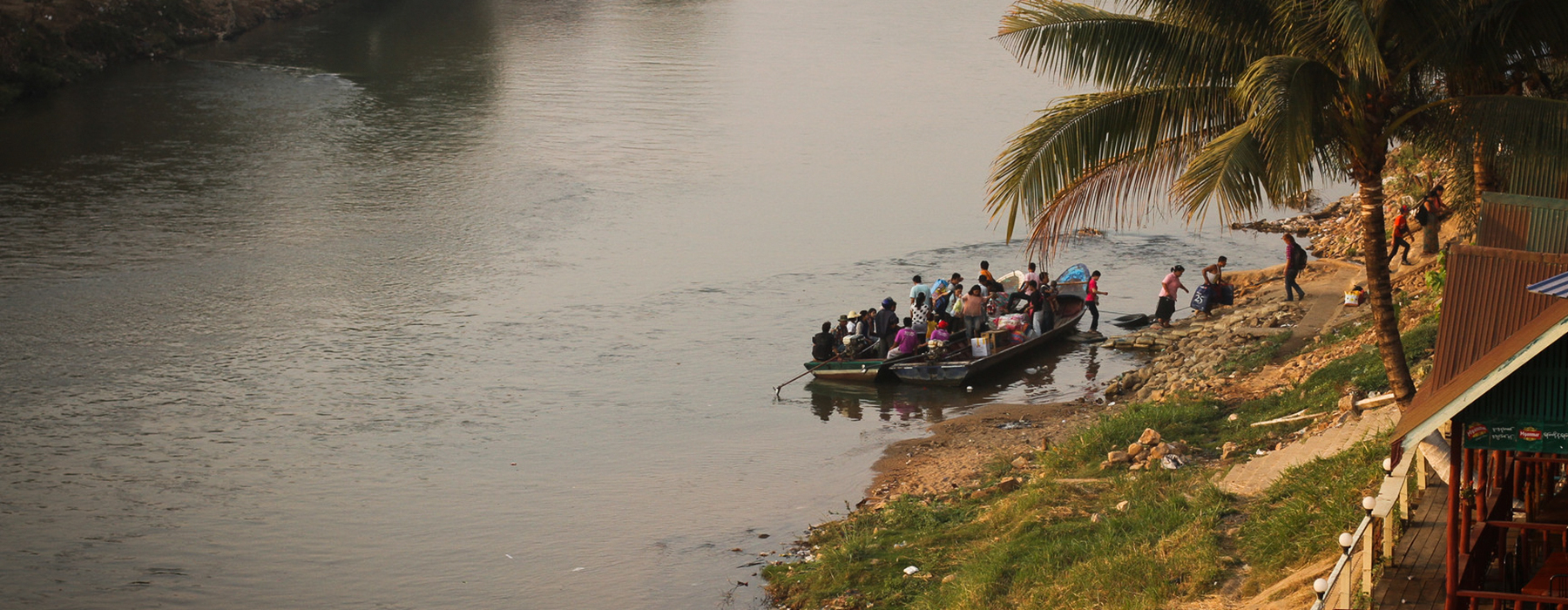
A global rise in climate refugees
From investigations into climate displacement in rural Bangladesh, to collaborations with local journalists in Kenya’s Dadaab Refugee Camp, EJF has been able to document the stories of climate witnesses, and bring their stories to government officials of the highest levels.
Our films Land of Rivers, and No Place Like Home: Rising Waters – shown in cinemas across the UK – have also helped to increase public awareness for the plight of those forced to flee their homes because of climate change.
Since EJF began working to raise awareness of the plight of climate refugees, we have seen the issue garner international recognition. A decade ago, the concept was relatively unheard of or ignored on the global stage. Now, however, the term is widely used by governments, UN bodies and media across the world.
Yet, between 2008 and 2016, 21.5 million people were displaced by climate related disasters – more than those fleeing war or persecution – as extreme weather events continued to claim lives and livelihoods across the globe.
The most vulnerable
While no country is safe from climate impacts, it’s the poorest and most vulnerable communities - those who did the least to cause the climate crisis - who are hardest hit. While they account for just 1% of global emissions, the world’s Least Developed Countries have seen 99% of the deaths from climate and weather related disasters.
“We are just 1.5 metre over sea level and anything over that, any rise in sea level – anything near that – would basically wipe off the Maldives… We have a right to live.” Former President of the Maldives, Mohamed Nasheed
These climate refugees currently sit outside of international protections, and EJF continues to highlight the stories of those impacted by climate change in order to build support for international solutions to climate migration.
With the human cost of climate change increasing each and every year, we aim to generate increased interest and concern that the potential impacts – including the potential for future violent conflicts – are too costly to ignore.
Connections to conflict
Combating climate change, supporting climate refugees and protecting national and international security are one and the same.
In Syria, some 1.3-1.5 million people were on the move from drought-stricken regions before a single gunshot was fired. As our report Beyond Borders explores, while global heating is not the only cause of conflict in Syria, it is increasingly viewed as a ‘threat multiplier’.
Through our investigations, like The Gathering Storm, and through filmed interviews with high level policy makers and military experts, EJF has collated robust evidence from around the world to show how the climate crisis is acting as a catalyst for conflict and instability.
As rising temperatures and changing rainfall patterns increase competition for food and water supplies and threaten public health, global heating will likely exacerbate these existing social tensions and act as an accelerant for instability.
Teamed with accelerating population growth, poverty and poor governance, climate change will not only lead to changes in refugee flows, but increase the risk of violent conflict and terrorism.
“Climate change not only exacerbates threats to international peace and security. It is a threat to international peace and security.”
Former UN Secretary-General Ban Ki-moon

